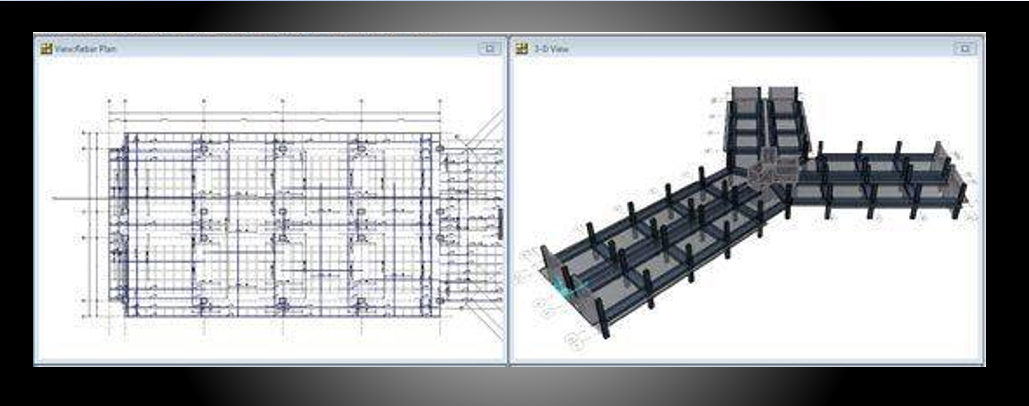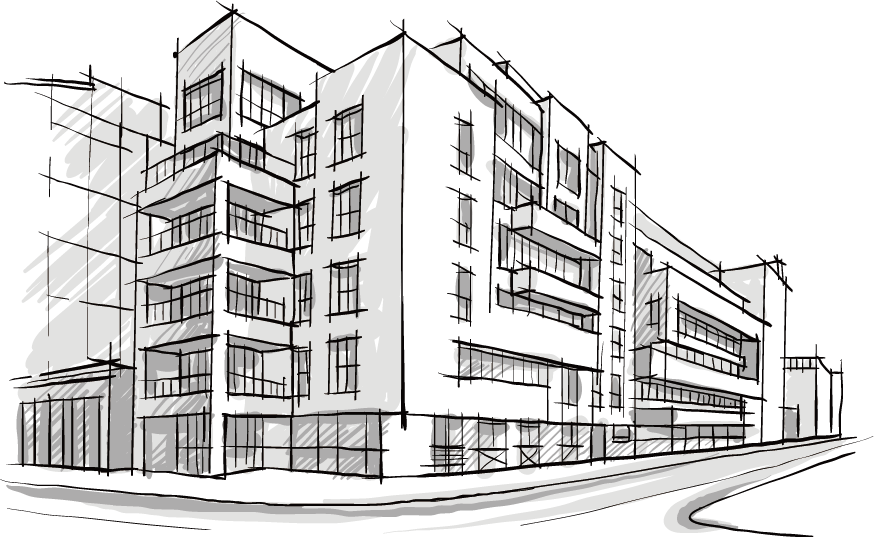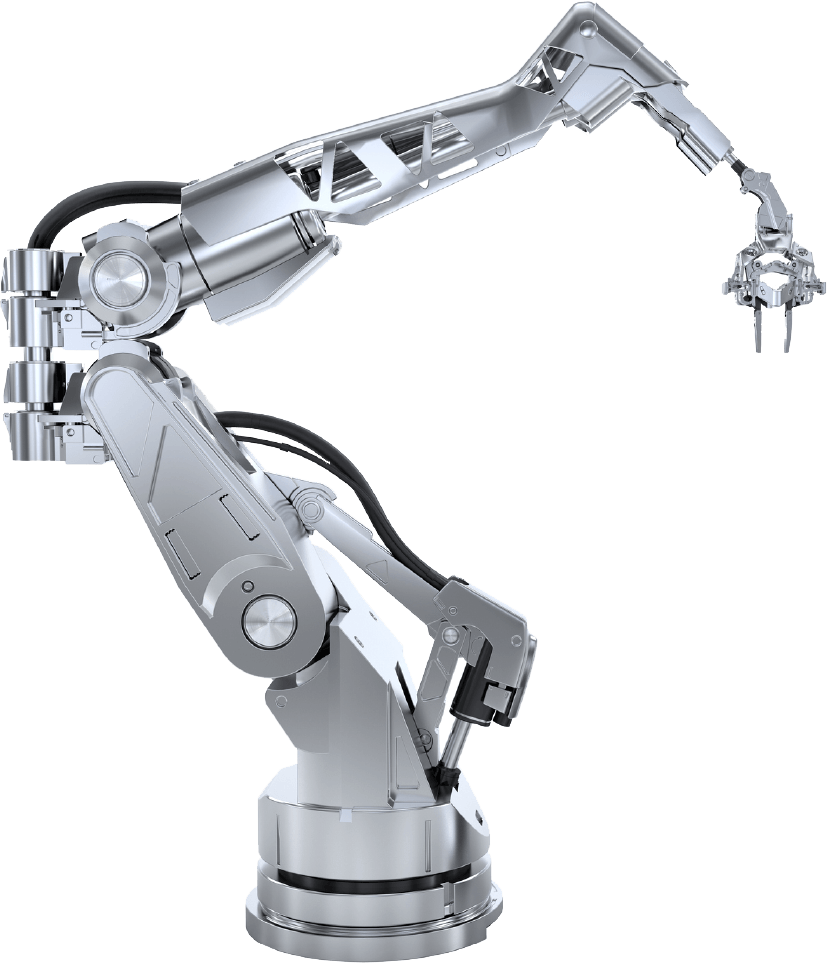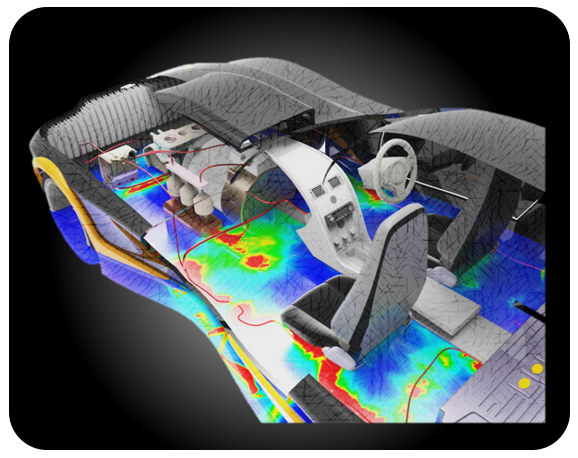Améliorer Efficacement la Sécurité des Logiciels ou des Systèmes
La conception de la sécurité au niveau de l’architecture peut améliorer efficacement la sécurité des logiciels ou des systèmes. Cette analyse se concentre sur la façon de prendre en compte la sécurité dans la phase de conception de l’architecture logicielle et a proposé une approche de conception d’architecture logicielle axée sur la sécurité. Grâce à l’analyse des dangers du système, cette approche de conception utilise la combinaison sélectionnée de tactiques de sécurité pour améliorer efficacement la sécurité du logiciel ou du système, offrant une nouvelle façon de penser pour la conception de l’architecture de sécurité logicielle.

Safety Critical System (SCS) describes the system which has theoretically destructive power. Once such a system produced a failure, many significant consequences may be caused, such as casualties, property loss and environmental damage, and so on. In recent years, software application in SCS is more and more extensive, and the scale also progressively grows. From railway transit field to the aerospace field and from the power system to the medical system, this type of software plays a fundamental role in command-and-control standpoint for software safety. The core research in SCS safety is how to reduce the probability of unsafe system conditions that various SCS elements lead to, or weaken the SCS’s consequences that failures produce, through using a variety of management, organization, technical measures, which can help your business avoid litigation.

Because software architecture (SA) was originally proposed as a solution, it has been favored by many researchers and practitioners, and become an essential research field of software engineering. SA defines a system’s main structure, macroscopic properties, its key functions and characteristics. SA is the basis and the key to success of the whole software design. Currently, SA design methods mostly concentrate on system’s non-functional requirements (NFR), for instance safety or reliability, into concern. SA design combining with SA analysis method, researchers hope to find the potential risk in early software life cycle [2]. The research on safe SA not only can ensure the safety of SA-based software development components, but also can ensure the safety of the final software product. Software safety and reliability have different characteristics. The former pays more consideration to software defect that lead to enter the unsafe state and how to reduce the risk of system failure which can led to the catastrophic accidents. So far, however, the work blended safety and SA design is very scarce. So, there is little guidance on how to deal with safety concerns in shaping a safe SA and how to improve SA by using basic safety tactics.

At present, many studies have showed that through explicitly presenting SA and its elements, such as components and connector, SA can handle high conceptual level’s design problems, such as the global structure and control structures, functions assigned to the calculating unit, high-level interactions between calculating units or other design problems. According to safety standards of software elements under design, IEC 61507 provide some general guidelines on the selection of these techniques. However, this guidance fails to illustrate further how to utilize these techniques to maximize the protection against failures. Reference classifies the existing conventional SA design methods into five categories, which are Artifact-Driven, User-Case-Driven, Pattern-Driven, Domain-Driven and Requirement-Driven, and respectively describes each kind of design method’s design process, design advantages and defects. For SCS architecture design, its safety assurance needs to be satisfied as well as its functional requirements.

Reference tells us how to combine the SA with safety model to improve the consistency between safety analysis and software development. By using UML modeling tools for SA design, it elaborates how to convert software architecture model into safety analysis model through using FTA (Fault Tree Analysis) and FMECA (Failure Mode Effects and Criticality Analysis) methods, which are two well-known safety analysis methods with tool support. Therefore, on one hand, it is feasible to take safety into account in the SA design phase. On the other hand, the reuse and traceability of safety analysis is very important for both architects and safety engineers.
